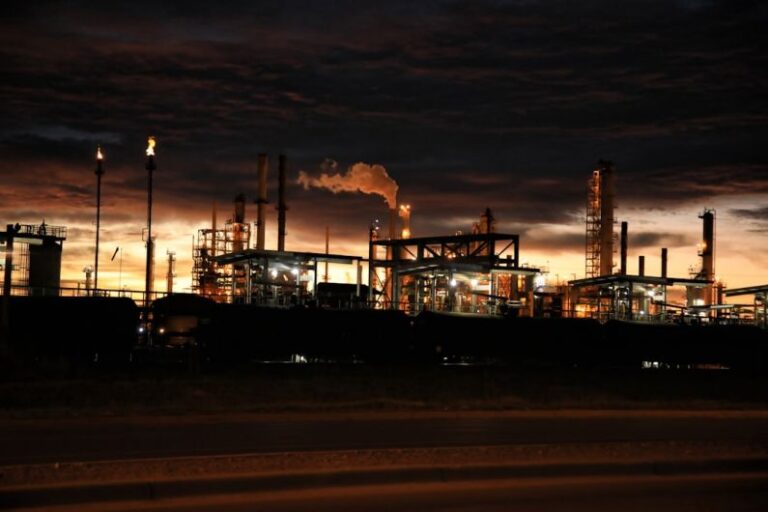Regulatory Changes Affecting Tube Manufacturing
The tube manufacturing industry has been experiencing significant regulatory changes that are reshaping the landscape for companies operating in this sector. These changes have a direct impact on how tubes are produced, distributed, and utilized in various industries. Understanding these regulatory shifts is crucial for tube manufacturers to stay compliant and competitive in the market. Let’s delve into the key regulatory changes affecting tube manufacturing today.
**Quality Standards Compliance**
One of the primary regulatory changes affecting tube manufacturing is the increasing emphasis on quality standards compliance. Regulatory bodies are becoming more stringent in their requirements for ensuring that tubes meet specified quality benchmarks. This means that manufacturers must invest in advanced quality control measures and processes to ensure that their products adhere to the necessary standards.
**Environmental Regulations**
Environmental regulations are also playing a significant role in shaping the tube manufacturing industry. With a growing global focus on sustainability and environmental protection, manufacturers are required to comply with strict regulations related to waste disposal, emissions, and resource management. This has led many companies to adopt greener practices and invest in eco-friendly technologies to minimize their environmental footprint.
**Trade Tariffs and Import Regulations**
Trade tariffs and import regulations have a direct impact on the tube manufacturing industry, especially for companies that rely on imported raw materials or export their products to international markets. Fluctuating tariffs and trade policies can disrupt supply chains and increase production costs, affecting the overall competitiveness of manufacturers. Staying informed about trade regulations and adapting supply chain strategies accordingly is crucial for navigating this complex regulatory landscape.
**Occupational Health and Safety**
Occupational health and safety regulations are another critical aspect of regulatory changes affecting tube manufacturing. Ensuring a safe working environment for employees is not only a legal requirement but also essential for maintaining productivity and employee well-being. Manufacturers must comply with regulations related to worker safety, equipment maintenance, and emergency preparedness to prevent accidents and injuries in the workplace.
**Product Labeling and Certification**
Product labeling and certification requirements are becoming more stringent in the tube manufacturing industry, particularly in sectors such as healthcare and food packaging where product safety is paramount. Manufacturers must ensure that their products are accurately labeled, certified, and compliant with industry-specific regulations to guarantee consumer safety and satisfaction. Failure to meet these requirements can result in legal repercussions and damage to brand reputation.
**Supply Chain Transparency**
Regulatory changes are also driving the need for greater supply chain transparency in the tube manufacturing industry. Customers and regulatory bodies are increasingly demanding visibility into the origin of raw materials, production processes, and distribution channels to ensure ethical and sustainable practices. Manufacturers must invest in traceability technologies and supply chain management systems to meet these transparency requirements and build trust with stakeholders.
**Compliance Monitoring and Reporting**
Compliance monitoring and reporting have become more rigorous for tube manufacturers, with regulatory bodies requiring detailed documentation and reporting on various aspects of production, quality control, and environmental impact. Manufacturers must establish robust monitoring systems and processes to track compliance metrics, identify potential issues, and report on their adherence to regulatory requirements. Failure to maintain accurate records and reports can lead to fines, penalties, and reputational damage.
In conclusion, regulatory changes are significantly impacting the tube manufacturing industry, challenging companies to adapt to evolving standards and requirements. By staying informed about these regulatory shifts and proactively addressing compliance issues, manufacturers can navigate the changing landscape successfully and maintain a competitive edge in the market. Embracing these regulatory changes as opportunities for innovation and improvement will allow tube manufacturers to thrive in a dynamic and demanding regulatory environment.






